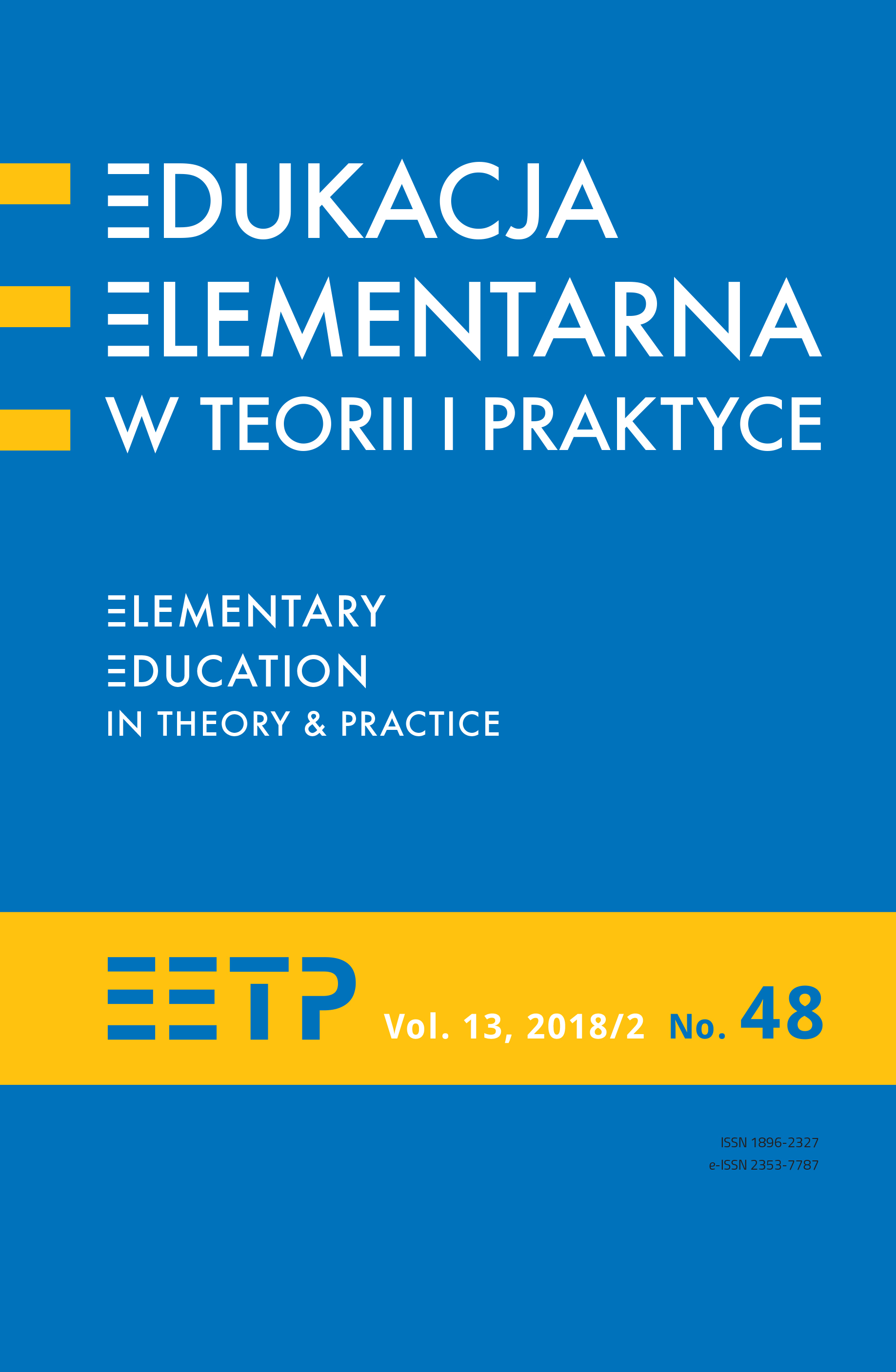Zdolności muzyczne ustabilizowane a imitacja i improwizacja rytmiczna w metrum dwudzielnym studentów wczesnej edukacji w badaniach własnych
Stabilised Musical Aptitudes Versus Rhythm Imitation and Improvisation in Duple Meter of Early-Education Students in Own Research
Author(s): Maciej KołodziejskiSubject(s): Social Sciences, Education, Higher Education
Published by: Uniwersytet Ignatianum w Krakowie
Keywords: rhythm improvisation; duple meter; improvisation readiness; stabilized musical aptitudes; easy patterns
Summary/Abstract: The article presents the results of (author’s) own research on the students of early-school education imitation and the rhythmical improvisation in the light of their stabilised musical aptitudes measured with Edwin E. Gordon’s AMMA test and also Edwin E. Gordon’s readiness to rhythm improvisation readiness record (RIRR). In the first part of the research the students imitated some easy rhythm patterns in duple meter and the subsequent part concerned guiding the oral rhythmical dialogue (on the BAH syllable) by the teacher with the application of various easy rhythm patterns in duple meter. The students’ both imitative and improvising performances were rated by three competent judges. What was also undertaken was searching for the relations between musical aptitudes, improvisation readiness and the pupils’ rhythmical imitation and improvisation abilities and also their self -assessment. The scheme of the applied research comprises the quantitative strategy, positivist paradigm with the testing and measure method applying the statistical tests. The theoretical background is the theory of music learning by Edwin E. Gordon. The aim of research is to diagnose the ability to re-produce some short rhythm patterns (motifs) by students of BA studies in the form of imitation and dialogue (improvisation) with the teacher during rhythmic communication (rhythm improvisation) and to identify the relationship between musical aptitudes, readiness for rhythm improvisation and the ability to imitate and improvise rhythmic patterns.
Journal: Edukacja Elementarna w Teorii i Praktyce
- Issue Year: 13/2018
- Issue No: 2 (48)
- Page Range: 139-164
- Page Count: 26
- Language: Polish

